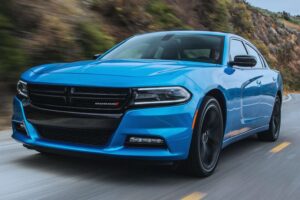If you are using a trailer for your truck, its running lights must work. They have to work correctly so you can send the appropriate signals to the vehicles behind you. In this article, I’ll discuss the trailer running light not working – what to do?
If your trailer running lights are not working, check the electrical wiring that leads to the trailer lights. Get a multitester or a light tester to check if the wires are correctly connected. If a bulb is busted, replace it with a new one.
If all the lights on your vehicle are working except the trailer running lights, there could be a grounding issue on the trailer lights. An electrical circuit that is not grounded can cause different lighting problems. So, check all the grounds of your trailer lights.
Read on to learn more about why your trailer running lights will not work and what you can do to fix this problem.
Trailer Running Lights Not Working – What to Do
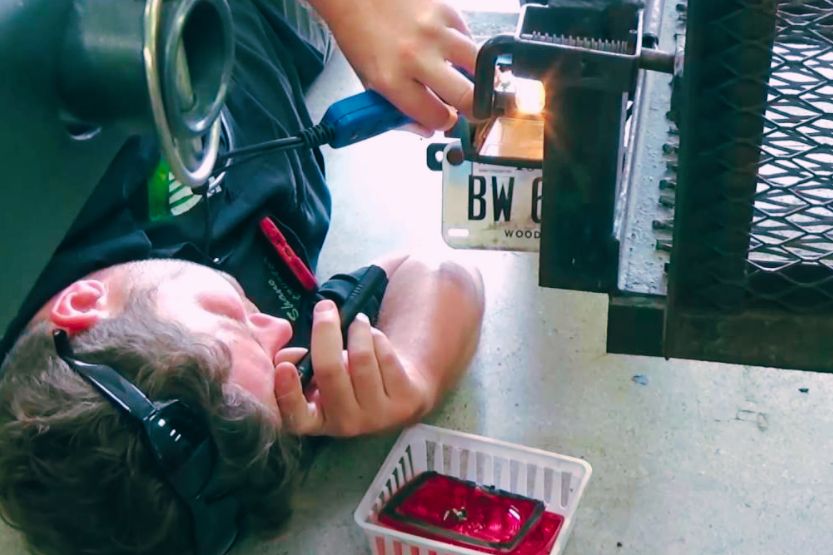
Check the Trailer’s Electrical Wiring
If the running lights on your trailer are not working, you first need to check the trailer’s electrical wiring. Use a multitester or a light tester to check if its connections are correctly made. The tester’s voltmeter will show you if there’s a connection between the receiver and the trailer.
Check the Trailer Light Bulbs
Check the trailer light bulbs because one or two could be busted. If you find a busted light bulb, remove its lens cover. Then remove the broken bulb and replace it with a new one.
Use a Multitester
Suppose all the lights in your vehicle work except the lights on your trailer. In that case, you have to check the electrical wires in the trailer with a multitester or light tester to check if there are disconnected or not correctly connected. Use the voltmeter of the multitester to check it.
Grounding Issues
Trailer lights will not work if they have grounding issues. With insufficient grounding, a circuit will not function, and the lights connected will not turn on. So, check all the grounds of the trailer light wiring.
Trailer wires consist of five wires of five colors, including:
- Green
- Yellow
- Green/Brown
- White
- Yellow/Brown
The wiring harness of a 4-way flat trailer has brown as its running light and white as the ground, green as the proper turn signal, and yellow as a left turn signal.
Trailer Light’s Function
Without a working trailer running light, you cannot drive your vehicle pulling a trailer. The trailer light lets you communicate your driving intentions with the drivers behind.
Hauling things in a trailer without lights is very dangerous. Traffic enforcers will apprehend you if you do.
Common Causes of Trailer Running Light Problems and How to Fix Them?
Knowing the usual reasons why trailer running lights develop issues will help you prepare when they don’t suddenly light up. Here are the typical causes why trailer running lights will not work:
1. Failing Ground Wire
Ground wires that are not working correctly can cause your trailer lights not to light when you switch them on. Corrosion in the electrical wiring may be the reason why the wires lose their connections. Accumulation of dust, dirt, and grime may also break their connection.
Check the electrical wires if they are accidentally connecting to painted surfaces. If they are, this would interrupt their connection to the ground and make them unable to light when switched on. The following conditions can also interrupt their electrical connections:
- An obstruction between a light ground and the metal frame of the trailer
- Tilt beds
- Folding tongues
- Aluminum frames
To fix this issue, you must run jumper wires to the trailer frame connector ground straight from the grounds of the trailer lights.
2. Bad Trailer Side Connector
The trailer lights won’t work correctly if the side wiring or connector and its terminals are bad. They will also wear down, fray, and get disconnected. You must connect the main connector ground and the grounds of your trailer light for proper cleaning.
This will enable you to remove the corrosion easier and ensure that the metallic surface will not wear away quickly. You also need to ensure that all the parts of the side connector are free from moisture and dirt to prevent corrosion from forming.
3. Blown Fuse/Relay of Tow Package
The trailer’s tow package could be why its lights are not working. Check whether you have damaged relays/fuses. If it is, replace it with another one with the same rating.
You will find the location of the fuse control that runs the trailer lights in your owner’s manual. If you already know where it is located, inspect it and check if it is working. Use a fuse tester to check if it is still working.
4. Faulty Vehicle Side Connector
Check your vehicle’s side trailer connector to see if the culprit is not a bad fuse or relay. Test the fuse or relay using a multitester. These are the steps that you should follow:
- Turn on the headlights of your vehicle
- Using the multitester, check if power flows in the connector’s pins. If it has no power, it indicates that the connection at a section between the connector and its end line is bad or faulty. The location of this section is in the front of the vehicle. Once you find the bad part, trace its line and see where it ends.
If the side connector or wire is defective, the trailer running lights will not work. The wire is faulty because it is already frayed, corroded, or loose. If the connection is loose from its terminal, you must tighten it. If it’s too bad, replace it entirely.
What Is A Trailer Running Light?
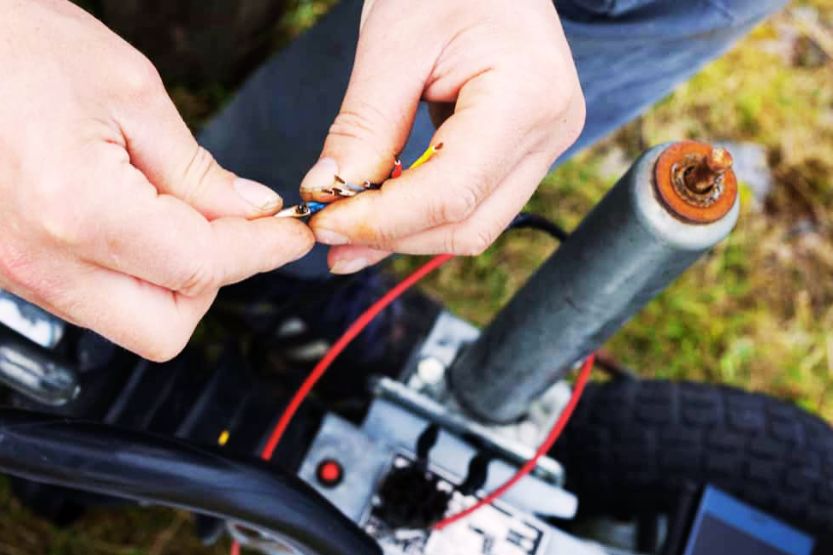
Trailer running lights are required to satisfy legal and safety regulations. These lights increase the visibility of a trailer. That’s good because your trailer will be visible to all the vehicles behind, around, and where you are going.
Any trailer size requires trailer running lights. While these regulations are not crucial in remote areas, you should follow them when using a public road. The wiring circuitry of trailer running lights usually connects to the wiring circuitry in the trailer to get power.
There are different trailer lights that a trailer needs. They are the following:
- Parking light
- Tail light
- Reflector light
- Turning light
- Side markers
- Hazard light
If you want a truck trailer, you need a trailer connector. It connects the system’s signal lights, taillights, and other warning lights. If the connector is full, you need to add the required wires. By using a wiring harness, you will be able to customize your wiring connections.
Customizing the other wirings in your vehicle is possible by splicing another connection. But be careful in splicing the wires because too many splices may obstruct the flow connection.
Again, what to do if the trailer running lights are not working? Using a light tester, inspect the trailer lights’ wires. Use a voltmeter to check whether the trailer and receiver have a connection. Remove the blockages if there are any.
Trailer Lighting Regulations
The Department of Transportation is the government authority that sets the regulations for trailer lights. What are these rules?
1. Use of Rear Lights
- All trailers should have a pair of red taillights at the rear of the trailer. The width of the vehicle should be indicated in the taillights.
- Install the sidelights on opposite sides of the trailer. These sidelights will help other drivers to see your vehicle.
- The vehicle’s rear should have a pair of red brake lights. These lights should turn on whenever you step on the brakes.
- Mount the white license plate light at the rear of the trailer. The trailer should have a license plate light on the top or both sides of this plate.
- The taillights and brake lights should have enough space between them. Install these lights symmetrically at the height of around 15 to 72 inches.
2. Wide Trailer Regulations
- A wide trailer should have a pair of red clearance lights at its rear part. Install these lights at the widest section of the trailer.
- Wide trailers are required to have permanent trailer lights.
- The front section of a wide trailer is required to have clearance lights. These lights should be installed as high and close to the front as possible.
- Three pieces of red identification lights should be installed on wide trailers. Install these lights at the center of a wide trailer. They should have from 6 to 12 inches of space between them. Choose the highest part of the trailer to mount these lights.
3. Side Light Regulations
- Trailers that measure 80 inches or higher need to have extra lights at the front part and the rear part
- Sidelights installed at the rear need to have a red color. Install the rear sidelight from 15 to 60 inches on the trailer.
- In a trailer over 30 feet long, the length of the trailer should be indicated by another pair of sidelights. Use yellow lights for these extra lights. Mount them at 15 inches high.
- Sidelights installed at the front should have a yellow color. Install these lights near the front of the trailer. Install them at 15 inches high.
4. Other Trailer Light Regulations
- Attach reflectors at the side and rear of the trailer. The size of the vehicle should be indicated in the reflectors.
- The front and rear lights should be perpendicular to the sideline of the trailer.
- Ensure that the sidelights are parallel to the trailer’s center line.
Is There a Fuse for Running Lights on a Trailer?
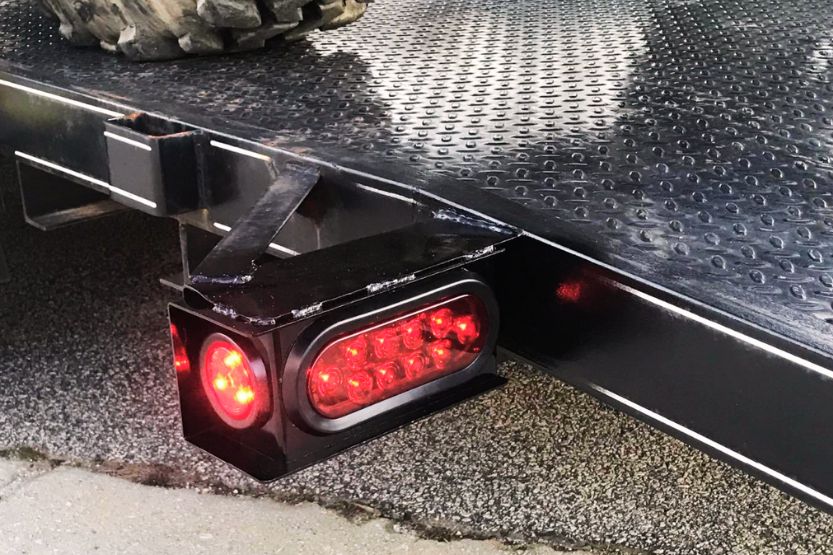
The fuse protects the trailer running lights from sudden spikes in electric current in their wirings. Its location on the vehicle/trailer depends on the type and model of the vehicle.
For instance, Ford F150s models 2009 to 2014 have their trailer light fuses located at the vehicles’ fuse box, particularly the 5th receptacle from left to right on the bottom row. This fuse is a blue fuse with a 20 amp rating.
To be sure, refer to the vehicle’s manual to determine its location. The typical colors of the electrical wirings of trailing running lights in most cars are the following:
- Running trail light wire – brown
- Common or chassis ground wire – white
- Brake lights/right turn signal – green
- Brake lights/left turn signal – yellow
In Closing
If the trailer running lights are not working, the first thing to do is to check if its electrical wiring is correctly connected. Use a multitester or a light tester to do this. If you have a busted bulb, replace it with a new one.
In case only the trailer running lights are having some issues, then you probably have a grounding issue with your trailer lights. If you don’t ground the electrical wiring, you will experience different lighting issues.

![Ford Sync Phone Button Not Working [Causes and How to Fix] Ford Sync Phone Button Not Working](https://roadsumo.com/wp-content/uploads/2022/03/Ford-Sync-phone-button-not-working-150x150.jpg)
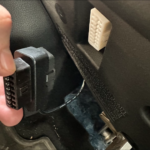

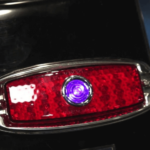

![Brake Lights Won’t Turn Off [Causes and How to Fix] brake lights wont turn off](https://roadsumo.com/wp-content/uploads/2021/05/brake-lights-wont-turn-off-150x150.jpg)


